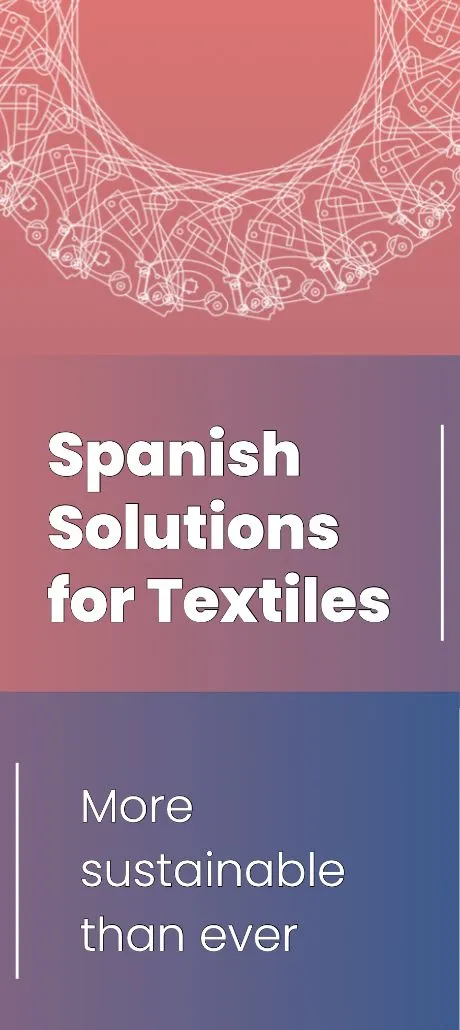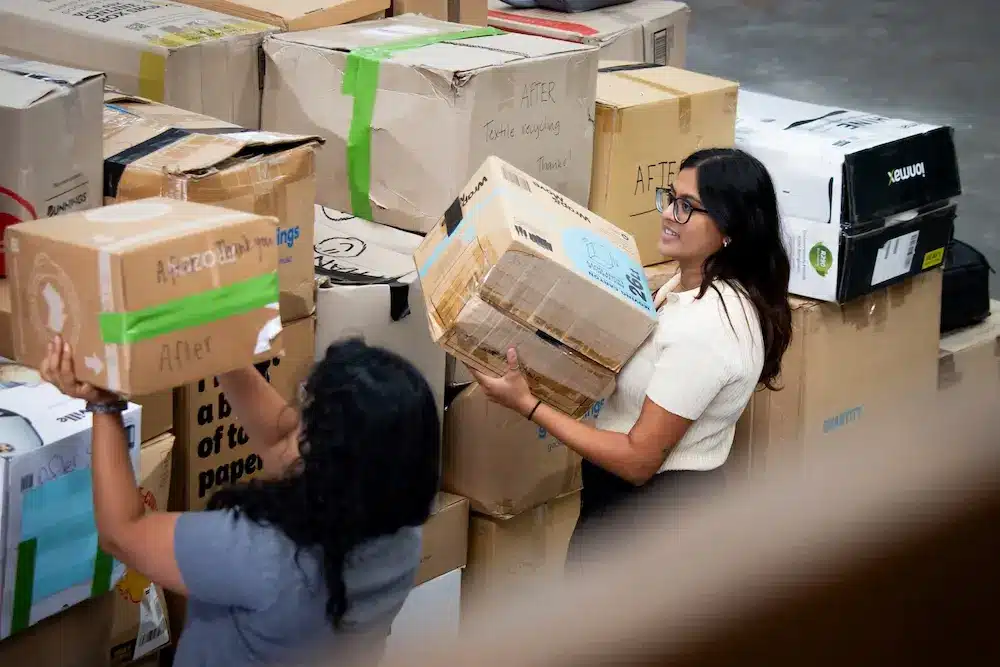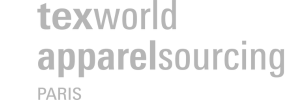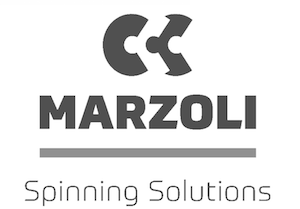Textile Waste in Australia: Consumption, Consequences and a Call for Change
The 10th Edition of the Ethical Fashion Report by Baptist World Aid estimates that around 92,000 tonnes of textile waste is generated globally each year. Locally, around 22,000 tonnes of clothing waste are sent to landfills, equating to each Australian disposing of 23 kilograms of clothing annually.
In 2024, Australia ranked top of the list when it came to the highest number of average items purchased per year, at 56 items per person, surpassing key consumer markets such as the US (53 items), China (30 items) and the United Kingdom (33 items).
Julie Holt, Event Director at the International Expo Group and organiser of the Global Sourcing Expo says that this systemic issue could further exacerbate ongoing issues in industry such as environmental pollution, greenwashing and a lack of accountability by some retailers.
“Every 10 minutes, Australians discard approximately 600 kilograms of clothing and textiles into landfill, while only 7% is recycled, according to the report. This highlights a significant environmental challenge – and an equally important opportunity to improve waste management practices.”
Nehal Jain, Co-Founder of after and speaker at the upcoming Global Sourcing Expo Seminar Series, echoes this sentiment, “Australia is now the largest consumer of fashion and textiles in the world, and we throw away just as much. On average, clothing is discarded after only seven wears.”
Founded in 2022, after focuses on collecting and recycling unwearable textiles and works with governments, corporates, schools and retailers to make ethical disposal an option. It’s also recently expanded its footprint to New Zealand.
Jain acknowledges while there is a big second-hand (thrifting) culture in Australia, there are very few options for clothing that are unwearable, damaged, worn out and truly at the end of its life. “We specifically focus on this overlooked category, collecting worn-out, unsellable and unusable textiles and ensuring they’re ethically and sustainably upcycled or recycled into raw materials like yarn, so that they can re-enter the circular economy.”
Progress is Being Made – But Is It Enough?
Holt notes that although some progress has been made, there’s a growing need for greater transparency and accountability across the supply chain. “There’s demand for full traceability throughout the entire retail supply chain,” she says. “Implementing these measures will hold retailers accountable down to the last fibre of a garment and promote more sustainable sourcing.”
Jain adds that more awareness by consumers will help to further drive change. “Today’s consumers are asking real questions about how products are made and what happens to them afterwards. It’s no longer enough for businesses to ignore these concerns. That said, we don’t believe the responsibility lies with just one group.”
Out of 120 major retailers assessed in the Ethical Fashion Report, less than 30 scored 55 or higher out of 100 across key criteria – including policies and governance, tracing and risk, supplier relationships and human rights, worker empowerment and environmental sustainability. The average score was just 31, highlighting significant room for improvement in ethical supply chain practices.
And with fashion in high demand, Holt says that there has never been a more pressing time to source ethically. “Where there is demand, there is opportunity. We live in an age where retailers are actively advertising to us, regardless of whether we like it or not. Many fashion houses offer major discounts and these appeal to the younger generations, where fast fashion remains easily accessible and affordable.”
What More Can be Done Right Now?
Jain calls on manufacturers to rethink the way in which they produce, source and dispose of textiles. “This not only includes designing items to reduce waste but also using services like after when waste is generated. It’s about closing the loop both at the design phase and at the end-of-life stage,” she says.
“Start by taking a closer look at where textile waste is showing up in your business. It’s not just about retail, there’s often significant waste in demolitions, uniforms, promotional items and merchandise. Then ask, what happens to that material once it’s no longer needed? Is there a recovery solution in place?”
She adds, “One thing that we always share with brands: don’t be afraid of being honest. Consumers want transparency. Some companies hesitate to speak up about their sustainability efforts in case they’re not ’perfect’, but perfection isn’t the goal. Brutal honesty builds trust. People appreciate progress – not greenwashing.”
Holt concludes saying that platforms like the Global Sourcing Expo have never been more important than they are right now. “Connecting a multitude of reputable suppliers in the supply chain in one room is key to the success – and sustainability – of our sector. Meeting with suppliers from around the world who understand their supply chain and source ethically is vitally important to securing our future.”
Nehal Jain and Yesha Patel, founders of after will be speaking on Thursday, 19 June at the Seminar Series from 11.30 – 12.30, covering the topic of ‘From Waste to Worth: Turning Textile Waste into Opportunity’.
Global Sourcing Expo kicks off its 2025 portfolio in Sydney from 17 – 19 June 2025.
Exhibitor bookings for both Sydney and Melbourne Expos are open, and applications can be submitted here
































